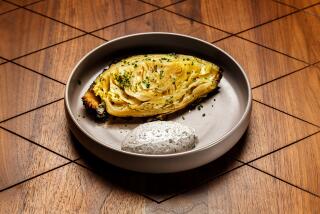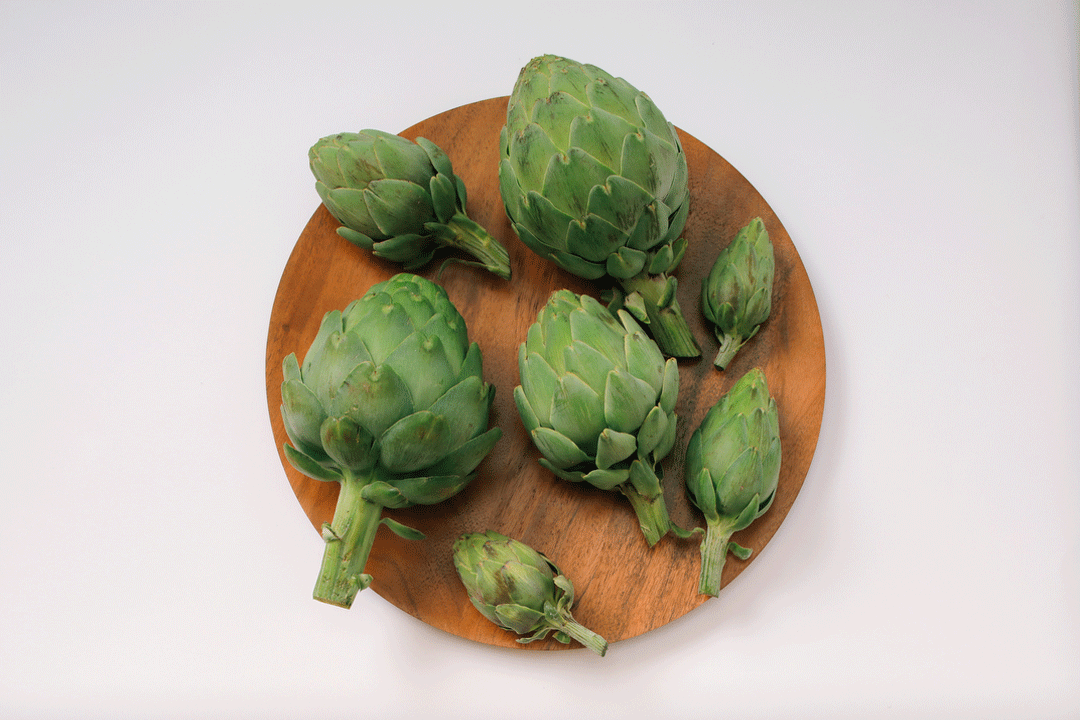War and Dolma
- Share via
The Balkans and the Middle East are crazy for stuffed vegetables (dolmas). Nearby, Central Europe makes a lot of stuffed cabbage. Is there a connection? Possibly. In Western Europe, cabbage leaves are rarely stuffed individually. When the French stuff cabbage, for instance, they tend to cook the head whole with some stuffing insinuated among the leaves.
But one Northern European country unquestionably took the dolma idea from the Middle East: Sweden.
It was back in the days when Sweden was an aggressive military power. King Charles XII, having whipped the Russians in Estonia in 1700, set off to conquer Poland. Meanwhile, Czar Peter the Great sneakily started building his new capital, St. Petersburg, on Swedish land, so in 1707, when he had a free moment, Charles XII set out to whip the Russians again.
This time, though, the Swedish army was destroyed at the battle of Poltava in the southern Ukraine. Charles escaped to Turkey, where he spent the next few years failing to put together a joint Turkish-Swedish war against Russia. He finally made it back to Sweden in 1714, just in time to pick a fight with Norway in which he met a violent end.
On his return to Sweden, he had been followed by a lot of Turks he owed money to, and most of them camped out there until 1732. They introduced the dolma concept, and this is why the Swedes call stuffed cabbage kaldalmar, or cabbage dolmas.
Of course, there were no grape leaves for stuffing in Sweden, but cooks made do with what they found. The Swedes--unlike their exclusively cabbage-stuffing neighbors in Central Europe--also stuff more delicate leaves, such as the young leaves of beech and hazelnut trees.
More to Read
Sign up for The Wild
We’ll help you find the best places to hike, bike and run, as well as the perfect silent spots for meditation and yoga.
You may occasionally receive promotional content from the Los Angeles Times.





